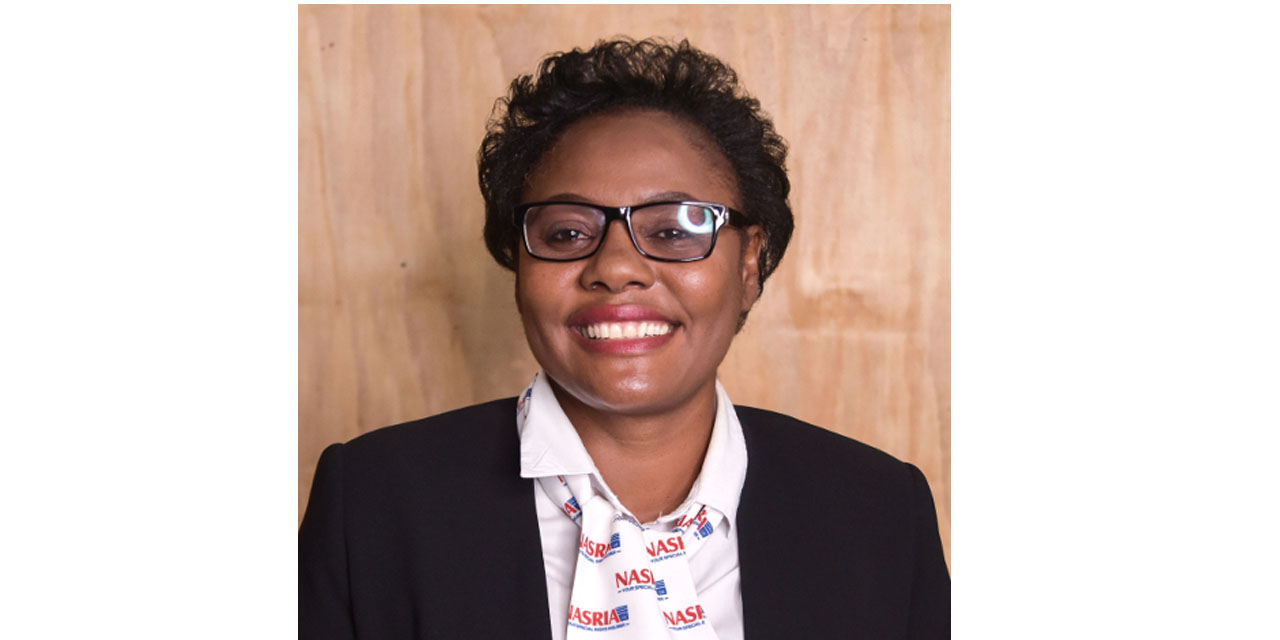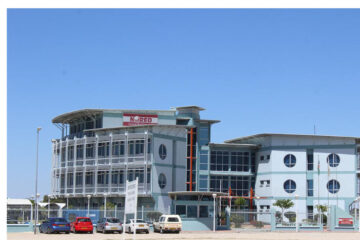Martin Endjala
NAMIBIA Special Risks Insurance Association Limited (NASRIA) will launch a farmers’ insurance scheme in October, with the goal of providing aid to farmers who have lost livestock or crops due to drought, flood, or wild animal attacks, among other things.
NASRIA Executive Marketing Officer, Ndapona Schleberger revealed this in an exclusive conversation with Windhoek Observer last week.
Farmers who are insured by NASRIA, she said, will be entitled to seek compensation for the loss of cattle, crops, and other farm products.
“Losing cattle and crops without recompense is now a thing of the past,” she said.
She explained that the company is currently innovating a product under the Namibia Agriculture Insurance Scheme (NAIS) called the Weather Based Livestock Insurance Scheme, which is still in design stages and is expected to be completed and piloted out to the market in October.
“The innovative product’s design is already in the works and has advanced well. We are now considering involving regional governors in the pilot arrears, such as Omaheke, Otjozondjupa, Ohangwena, Omusati, and Hardap,” she said.
The interactions will also sensitise and gather support from selected regions before launching out the pilot product to the intended market within the separate regions, with an estimated N$ 30 million set out for the program.
“Those regions were chosen based on the number of livestock and the crops that are in arrears at the time. At the end of the day, we plan to expand this product to the rest of the regions,” Schleberger added.
She also stated that NASRIA will work with government to ensure that all disaster risk management money assigned to NASRIA, is carefully invested, and that there is sustainability to pay subsidies to farmers.
She further highlighted that they are looking at rainfall statistics which they receive from the weather bureau.
“For example, suppose we are piloting for the Otjozondjupa region and the rainfall is between 450 and 900 millimeters, indicating good rainfall. If it falls below that level, it indicates that a drought has occurred. This now means that NASRIA will proactively pay claims that will arise based on data collected,” she stated.
Schleberger said NASRIA will not wait for calamity to hit, but will instead use acquired data to pay farmers.
“This is to ensure that farmers do not lose their animals and that they can buy feed with the money paid out to them in order to sustain their livestock.”
She concluded that, in addition to looking at rainfall in the selected areas, they will cluster areas in terms of constituencies in order to identify which constituency area in a certain region experienced high and low rainfall.




